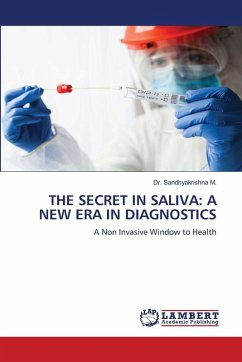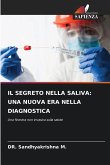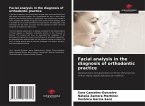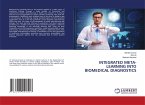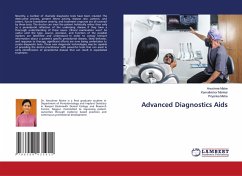Saliva has gained significant attention as a diagnostic fluid due to its unique properties and advantages. Early diagnosis of diseases such as ovarian cancer and type 2 diabetes greatly improves patient outcomes, yet many conditions go undetected until advanced stages. Traditionally, diagnostic biomarkers-molecular indicators like DNA, RNA, and proteins-have been detected through blood and other invasive fluids. However, saliva offers a non-invasive, easily accessible, and cost-effective alternative that reflects both systemic and local physiological states.Saliva is secreted by major glands-parotid, submandibular, and sublingual-and minor glands scattered throughout the oral mucosa. It is composed of 99% water, along with various organic and inorganic substances, including electrolytes, enzymes, mucins, antimicrobial agents, growth factors, and hormones. These components contribute to a wide range of biological functions such as digestion, taste, lubrication, tissue protection, and microbial defense.
Bitte wählen Sie Ihr Anliegen aus.
Rechnungen
Retourenschein anfordern
Bestellstatus
Storno

